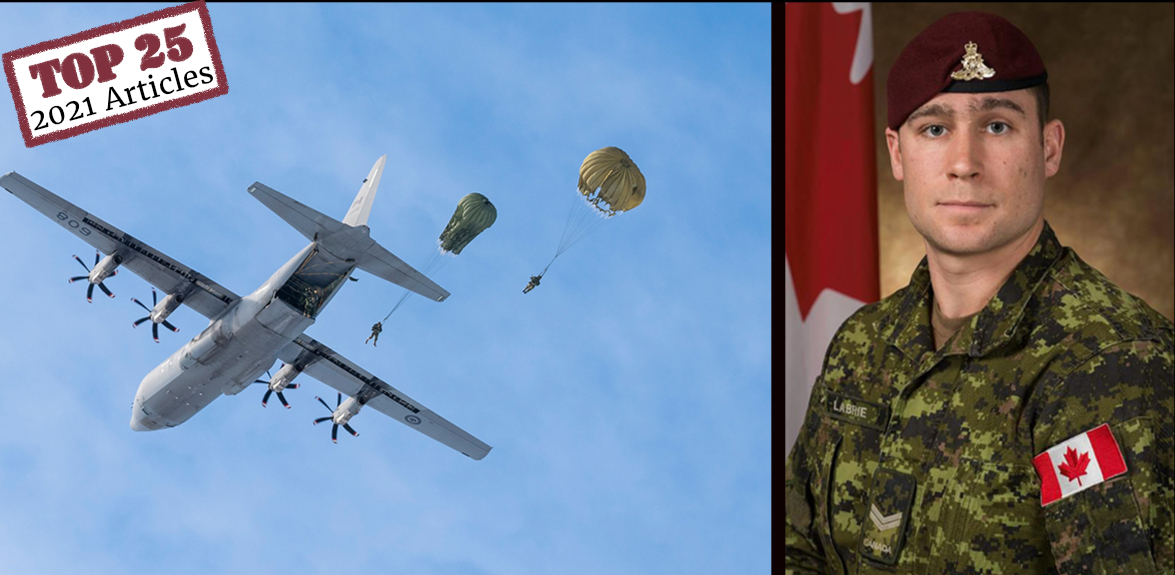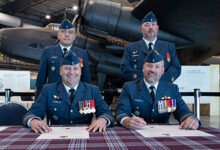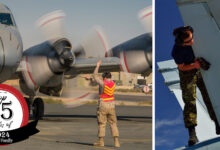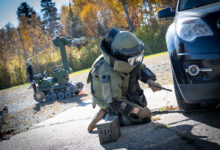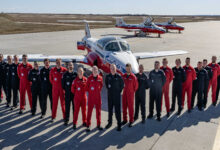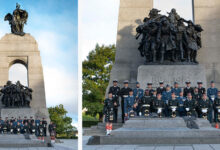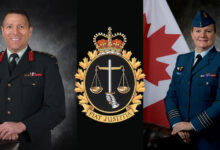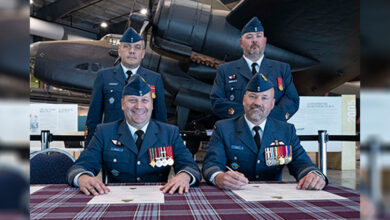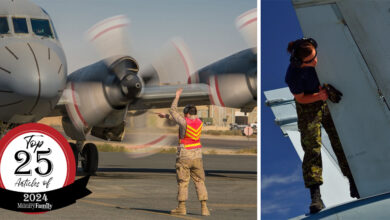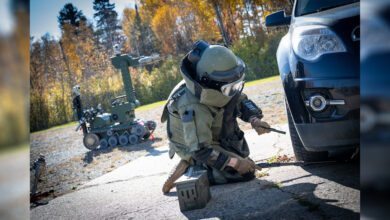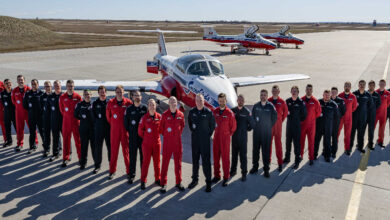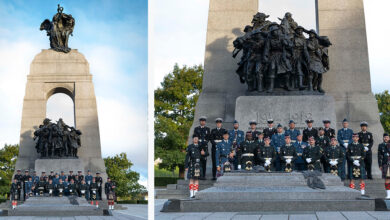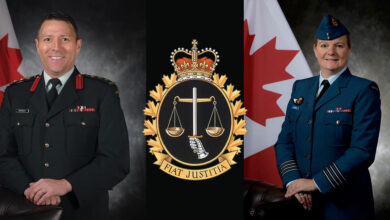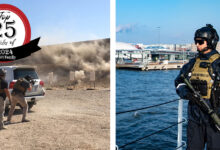Duty Calls
Report released regarding fatal parachute accident involving Bombardier Patrick Labrie
See below for Information regrading the images.
In April, the Royal Canadian Air Force’s (RCAF) Directorate of Flight Safety, as the Airworthiness Investigative Authority for the Canadian Armed Forces (CAF), issued the final report in relation to the fatal parachute accident that claimed the life of Bombardier Patrick Labrie.
The accident happened on June 17, 2019, during Exercise SWIFT RESPONSE in Cheshneigirovo, Bulgaria. Bombardier Labrie was deployed, with his unit 2nd Regiment, Royal Canadian Horse Artillery based at Garrison Petawawa.
Exercise SWIFT RESPONSE 2019 was a joint multinational airborne field training exercise led by the United States. The exercise involved a total of 5,600 troops from eight different nations, including Canada. It took place at various locations in Bulgaria, Croatia, and Romania and ran from June 11 to 24, 2019.
-
2 Air Support Operations Squadron joins RCAF 2 Wing
March 16, 2025 -
Royal Canadian Air Force Offering Paid Education Opportunities
December 8, 2024 -
CAF and Partner Nations Participate in Exercise ARDENT DEFENDER
November 24, 2024 -
Snowbirds Conclude 53rd Show Year
November 21, 2024 -
2024 Remembrance Day Sentries
November 11, 2024 -
New Military Judges Appointed
October 14, 2024
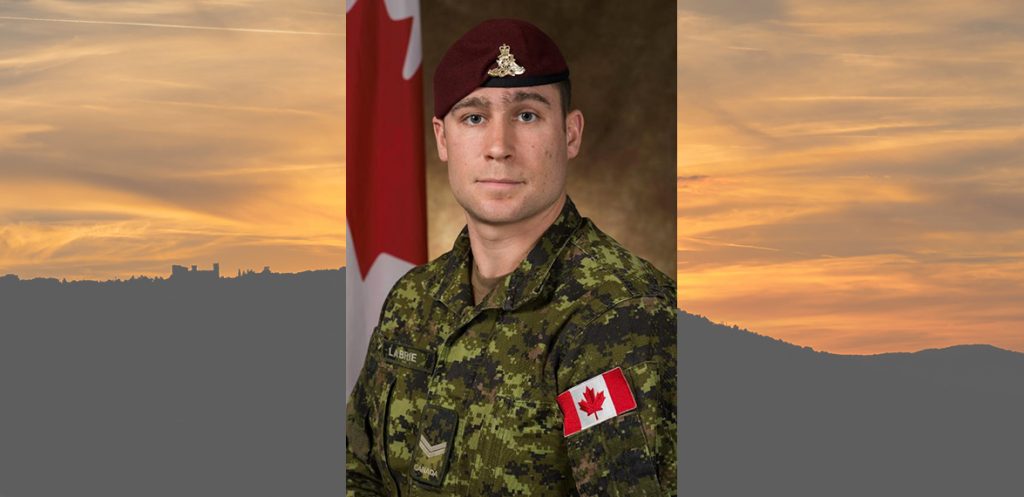
On 16 June 2019, aircraft CC130608 departed Ramstein, Germany, to the drop zone at the Sadovo Airfield, Bulgaria (Cheshnegirovo Air Base). The mission was to conduct a night static line paratroop jump. The troops were dispatched from an altitude of 1000 feet above ground level using both the starboard and port side paratroop doors.
According to the report, during the jump, a paratrooper on the starboard side became hung-up outside the aircraft and subsequently experienced a sudden static line failure, which resulted in an uncontrolled descent. The paratrooper sustained fatal injuries.
The investigation revealed that the accident jumper experienced a bad exit from the aircraft, which caused him to become entangled in his static line and then hung up outside the plane.
A static line is a fixed cord attached to a large, stable object. It is used to open parachutes automatically for paratroopers and novice parachutists.
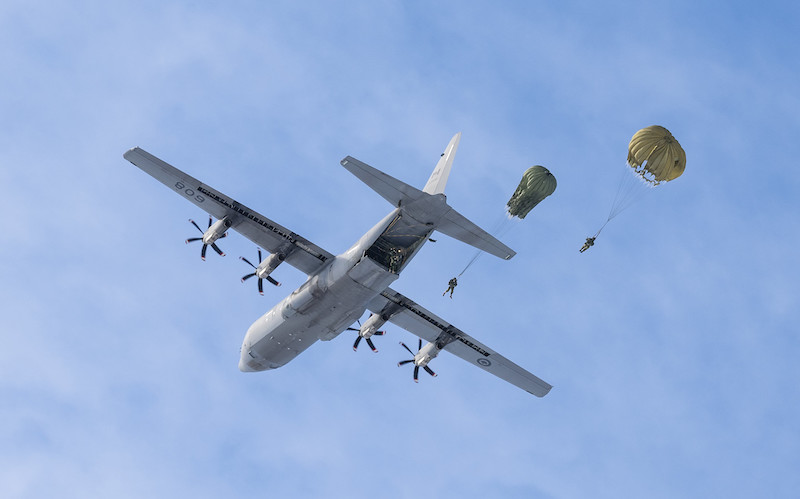
The situation went undetected by the other jumpers, the Stick Commander (a designated individual who controls paratroops from the time they enter the aircraft until their exit) and the Loadmaster (an aircrew member on civilian aircraft or military transport aircraft tasked with the safe loading, transport, and unloading of aerial cargoes).
“An interaction between the accident jumper and a subsequent jumper led to the separation/breakage of the accident jumper’s static line due to the dynamic load exceeding the maximum tensile strength of the static line,” noted the report.
The report recommended the following preventative measures:
-
- re-evaluating current hung-up jumper detection and associated hung-up parachutist retrieval procedures;
- amending publications to document aircraft equipment stowage location;
- securing ancillary equipment when configuring the CC130J aircraft for paratrooper operations;
- addressing the Airworthiness Program with respect to parachute operations across the CAF.


